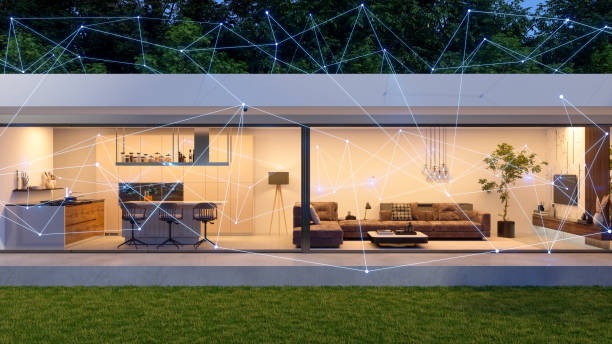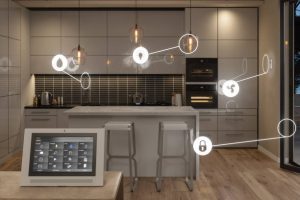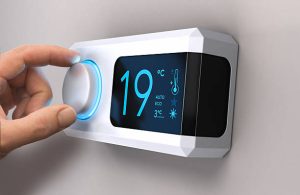
In the rapidly evolving landscape of modern living, smart home technologies have emerged as revolutionary solutions, transforming the way we interact with and manage our homes.
These innovations aim to enhance convenience, security, and energy efficiency, offering homeowners a seamless and interconnected living experience.
Intelligent Home Automation Systems:
Smart home automation systems act as the brain of your connected home. With centralized control hubs, homeowners can manage various devices and systems through a single interface. From lighting and thermostats to security cameras and door locks, these systems provide a streamlined approach to home management. This centralized control not only simplifies daily routines but also contributes to energy savings.
Connected Security Systems:
The integration of smart security systems adds an extra layer of protection to homes. From smart doorbell cameras that provide real-time video feeds to motion detectors and smart locks, these technologies allow homeowners to monitor and control access to their homes remotely. Smart security systems offer peace of mind by providing instant notifications and remote access to surveillance footage.

Energy-Efficient Smart Lighting:
Smart lighting systems enable homeowners to customize the ambiance of their living spaces while optimizing energy consumption. These systems allow users to control the intensity, color, and timing of lights through mobile apps or voice commands. Automated lighting schedules, motion sensors, and energy-efficient LED bulbs contribute to reducing electricity consumption and utility costs.

Smart Thermostats for Climate Control:
Smart thermostats provide advanced climate control features, allowing homeowners to optimize heating and cooling based on their preferences and schedules. These devices learn from user behavior and adjust settings to maximize comfort while minimizing energy waste. Remote access through smartphone apps ensures temperature control even when homeowners are away.

Voice-Activated Assistants:
Voice-activated virtual assistants, such as Amazon Alexa and Google Assistant, have become integral parts of smart homes. These AI-powered devices enable users to control various smart devices, play music, check the weather, and even receive updates on their daily schedules—all through voice commands. The natural language processing capabilities of these assistants enhance user experience and accessibility.

Automated Window Treatments:
Smart window treatments, including motorized blinds and shades, offer both convenience and energy efficiency. Homeowners can program these treatments to adjust based on the time of day, sunlight conditions, or personal preferences. Automated window treatments contribute to energy savings by regulating natural light and optimizing insulation.
Connected Appliances in the Kitchen:
The kitchen is a focal point for smart home integration. Smart refrigerators, ovens, and coffee makers can be controlled through mobile apps, offering convenience and efficiency. These appliances often feature advanced capabilities such as inventory tracking, recipe suggestions, and remote monitoring.
In conclusion, smart home technologies continue to shape the future of residential living. By integrating these innovations, homeowners can enjoy increased comfort, security, and energy efficiency while embracing the convenience of interconnected living spaces. As technology continues to advance, the possibilities for enhancing the smart home experience are limitless.



